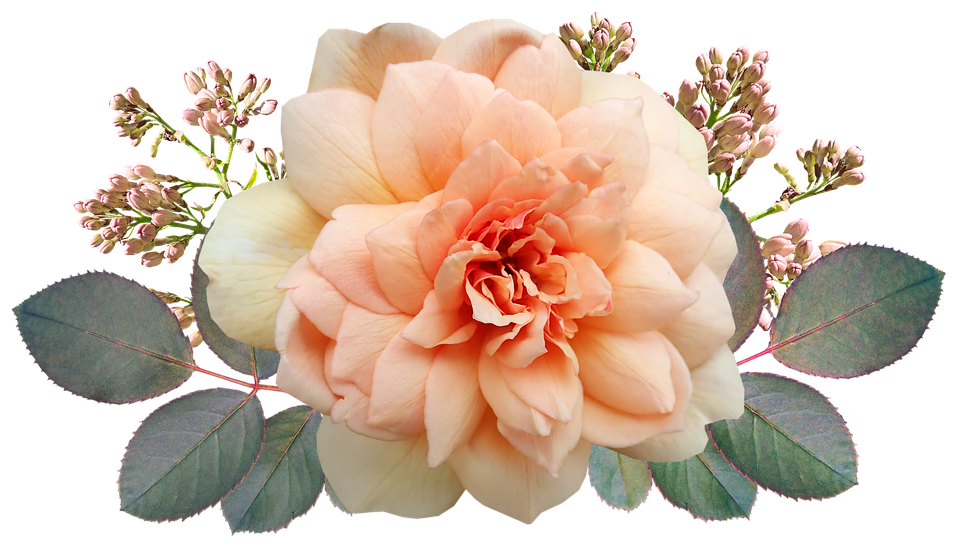Introduction
Having a garden shed is a valuable addition to any outdoor space. Whether you have a green thumb or simply enjoy spending time in your backyard oasis, a garden shed provides a practical and stylish solution to store your tools, equipment, and supplies. However, with so many options available, choosing the perfect garden shed can be a daunting task. This ultimate guide aims to help you navigate through the various factors to consider, ensuring that you make an informed decision and find the ideal garden shed for your outdoor paradise.
1. Size and Space
The first consideration is the size of the shed and the available space in your garden. Evaluate what you intend to store in the shed and ensure there is ample room for those items. Measure the area in your garden where you plan to install the shed to ensure it fits comfortably without obstructing other structures or plants. It’s better to have a shed slightly larger than your immediate needs to allow for future growth or additional storage requirements.
2. Material Options
Garden sheds are available in various materials, each with its own advantages and considerations. Common options include wood, metal, and plastic sheds.
Wood: Wooden sheds offer a traditional and natural aesthetic that blends well with gardens. They are durable, sturdy, and provide excellent insulation. However, they require regular maintenance to prevent rot and insect infestations.
Metal: Metal sheds are typically made from galvanized steel. They are highly durable, secure, and low maintenance. They offer excellent resistance to weather conditions and pests. However, they may not blend as seamlessly with nature as wooden sheds.
Plastic: Plastic sheds are lightweight, cost-effective, and require minimal maintenance. They are resistant to rot, rust, and decay. While they may lack the visual appeal of wooden sheds, they offer practicality and longevity.
3. Shed Design
The design of the shed is an important aspect to consider as it should complement your garden’s overall aesthetic. Consider the architectural style of your home and garden when selecting the shed’s design. You can choose from traditional designs with pitched roofs, modern designs with clean lines, or even custom designs that match your unique taste.
4. Security and Durability
A garden shed should not only provide storage but also keep your belongings secure. Look for sheds that offer security features such as lockable doors and windows. Additionally, consider the durability of the shed. Check for features like reinforced corners and weather-resistant materials to ensure longevity.
5. Ventilation and Natural Light
Proper ventilation and natural light are essential for maintaining a healthy environment inside the shed. Look for sheds with windows or vents to allow airflow and prevent potential issues like mold or mildew. Additionally, windows allow natural light to enter, making it easier to find items and work within the shed during the day.
FAQs
Frequently Asked Questions
1. What size shed do I need?
The size of the shed depends on what you plan to store and the available space in your garden. Consider your current needs and potential future requirements to ensure you choose a shed that offers enough storage capacity.
2. How much maintenance do wooden sheds require?
Wooden sheds require regular maintenance to prevent rot and insect infestations. This includes periodic treatment with varnish or paint and ensuring proper drainage around the shed.
3. Are plastic sheds durable?
Plastic sheds are durable, resistant to rot, rust, and decay. They can withstand various weather conditions and require minimal maintenance.
4. What security features should I consider?
Look for sheds with lockable doors and windows to enhance security. Additionally, consider sheds made from sturdy materials with reinforced corners for added durability and security.
5. How can I ensure proper ventilation in my shed?
Choose a shed with windows or vents to allow airflow and prevent moisture buildup. Proper ventilation helps maintain a healthy environment and prevents the growth of mold or mildew.




